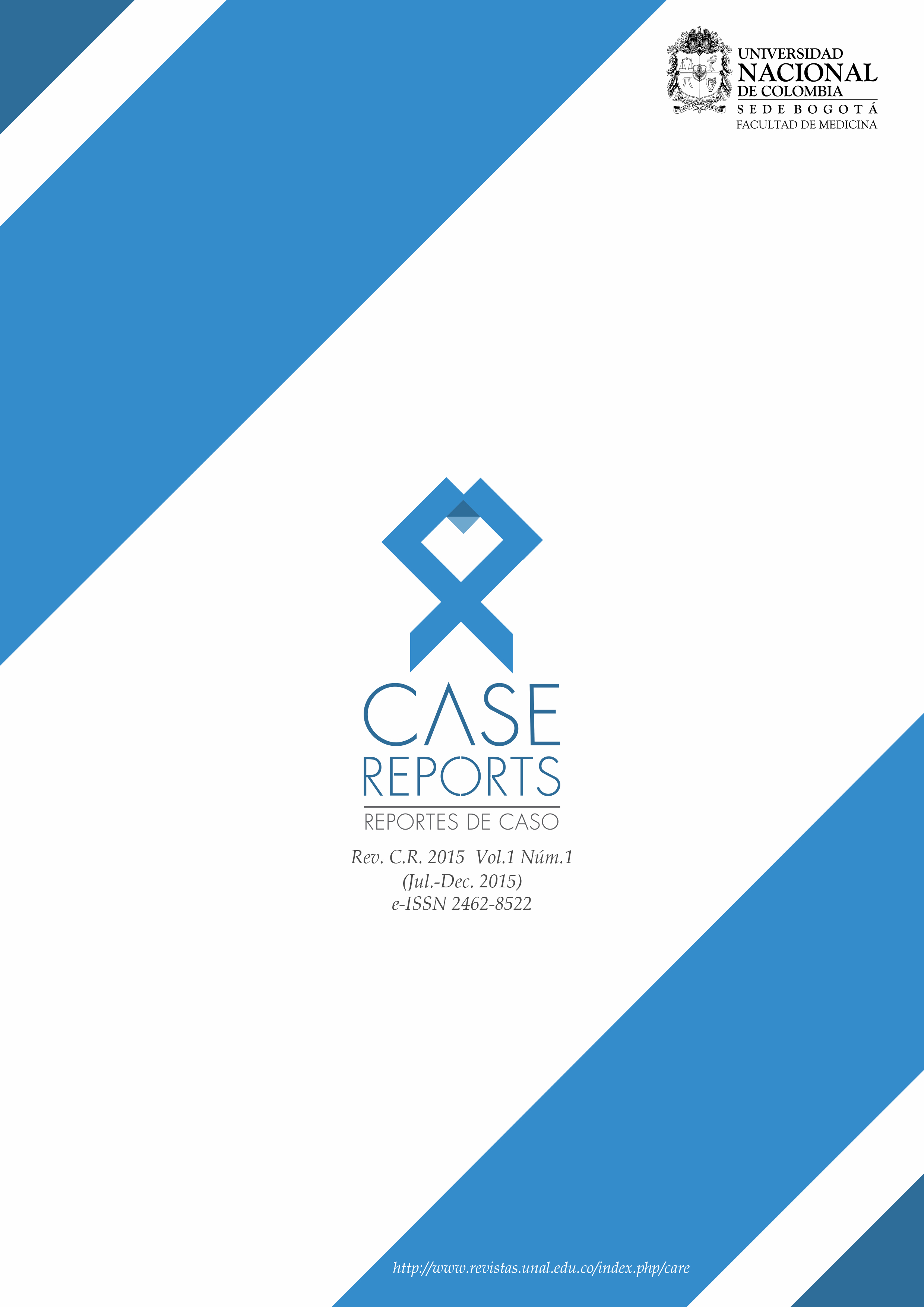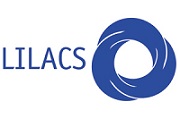The clinical case: A strategy for effective learning
El caso clínico: una estrategia para el aprendizaje efectivo
There are different teaching strategies for ensuring significant learning, including research seminars, workshops, directed independent reading, the clinical case, the problem-based learning methods, in-depth lines of study, etc.
In many departments of the clinical area, such as the Department of Pediatrics, a clinical case taken from real life is used as an effective learning method. It consists of providing the case to all participants (students, professors, pediatricians) for study and analysis. This study is discussed in small groups and the solution or possible responses are presented in a meeting scheduled for this purpose.
Existen diferentes estrategias de enseñanza para garantizar un aprendizaje significativo, incluidos seminarios de investigación, talleres, lecturas independientes dirigidas, casos clínicos, métodos de aprendizaje basados en problemas, líneas de estudio en profundidad, etc.
En muchos departamentos del área clínica, como el Departamento de Pediatría, se utiliza un caso clínico tomado de la vida real como un método de aprendizaje efectivo. Consiste en proporcionar el caso a todos los participantes (estudiantes, profesores, pediatras) para su estudio y análisis. Este estudio se analiza en grupos pequeños y la solución o posibles respuestas se presentan en una reunión programada para este fin.
THE CLINICAL CASE: A STRATEGY FOR EFFECTIVE LEARNING
Edgar Rojas-Soto,
Full Professor of Pediatrics,
Faculty of Medicine,
Universidad Nac ional de Colombia.
Correspondence to:
Edgar Rojas Soto.
Facultad de Medicina,
Universidad Nacional de Colombia.
Bogotá D.C., Colombia.
Email: ehrojass@unal.edu.co
There are different teaching strategies for ensuring significant learning, including research seminars, workshops, directed independent reading, the clinical case, the problem-based learning methods, in-depth lines of study, etc.
In many departments of the clinical area, such as the Department of Pediatrics, a clinical case taken from real life is used as an effective learning method. It consists of providing the case to all participants (students, professors, pediatricians) for study and analysis. This study is discussed in small groups and the solution or possible responses are presented in a meeting scheduled for this purpose.
As its main objective, this type of strategy aims to stimulate participants to interpret the information provided, integrate and apply the knowledge that they possess in order to solve a problem. In addition, it encourages research and the exploration of different articles in indexed journals with the goal of strengthening their response —or of contrasting it with responses of the authors—, of comparing their solution with those of other groups, of acquiring new knowledge, and also of learning to work as part of a team.
Clinical cases aim, among other things, to achieve the following:
• To make students aware of an unusual presentation of a frequent disease. For example, a child that seeks attention for abdominal pain as a consequence of basilar pneumonia, which could skew the diagnosis.
• To present an infrequent case for which the diagnosis is not easy, and review the topic, such as congenital tuberculosis.
• To analyze a clinical syndrome that has different etiologies, and to learn how to arrive at a correct diagnosis, as is the case of the whooping cough.
• To present a new diagnostic procedure.
• To be aware of psychosocial aspects that may be fundamental in disease prevention, as may be the case of child abuse.
• To use a case to critically review the literature that exists on the disease.
Because of their high academic value, these cases are chosen purposefully for their oral and written presentation in such a way that the student may practice and strengthen their ability to write scientific text for publication.
How to Cite
APA
ACM
ACS
ABNT
Chicago
Harvard
IEEE
MLA
Turabian
Vancouver
Download Citation
Article abstract page views
Downloads
License
Copyright (c) 2015 Case reports

This work is licensed under a Creative Commons Attribution-NonCommercial-NoDerivatives 4.0 International License.
The authors, when submitting their manuscripts, accept to transfer to Case reports the copyright of the published articles. The publisher has the right of use, reproduction, transmission, distribution and publication in any form or medium. The authors cannot allow or authorize the use of the contribution without the written consent of the journal.
Uniform Disclosure Form for possible Conflicts of Interest, the assignment of rights and responsibility must be delivered together with the original.
Those authors who have publications with this journal accept the following terms:
The authors will keep their copyright and guarantee the journal the right of first publication of their work, which will be simultaneously subject to the Creative Commons Recognition License that allows third parties to share the work whenever its author is indicated and his first publication this journal
The authors may adopt other non-exclusive licensing agreements for the distribution of the published version of the work (eg, deposit it in an institutional telematic file or publish it in a monographic volume) whenever the initial publication in this journal is indicated.
Authors are allowed and advised to disseminate their work through the Internet (eg in institutional telematic files or on their website) before and during the submission process, which can produce interesting exchanges and increase citations of the published work. (See The effect of open access).





























